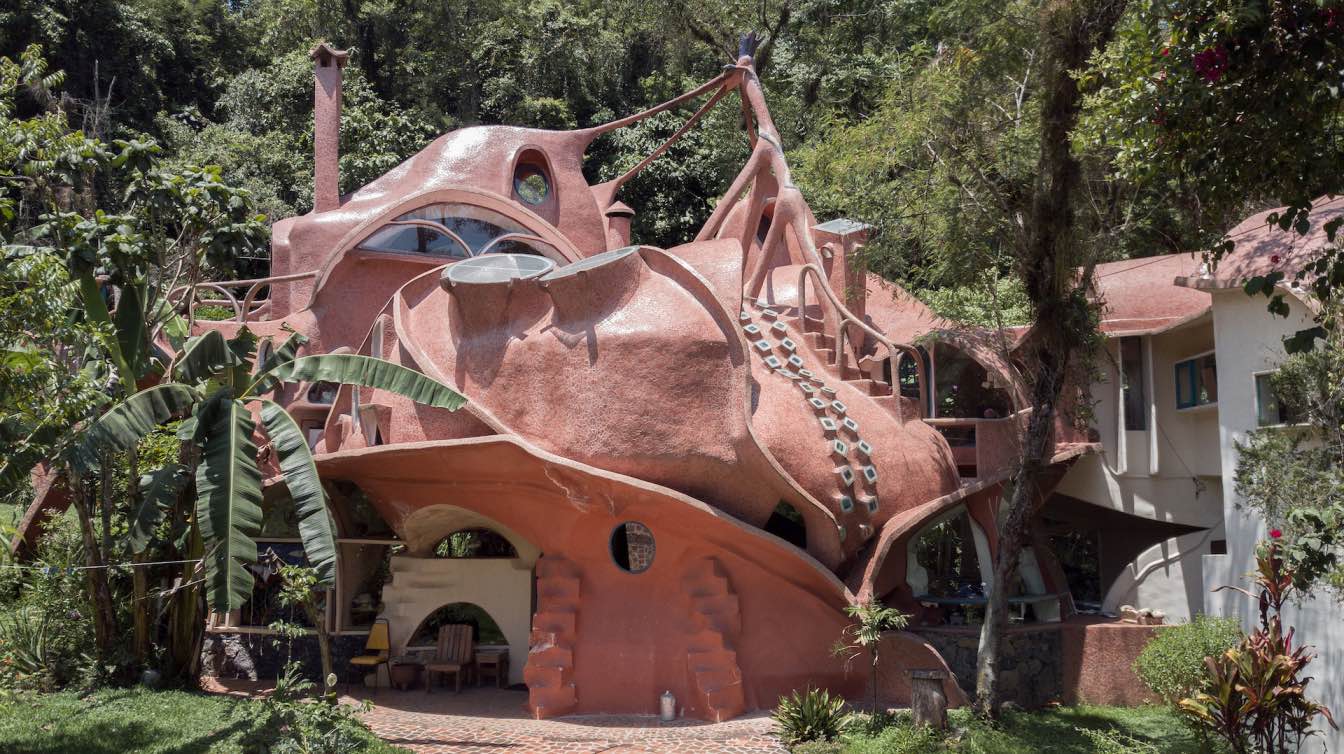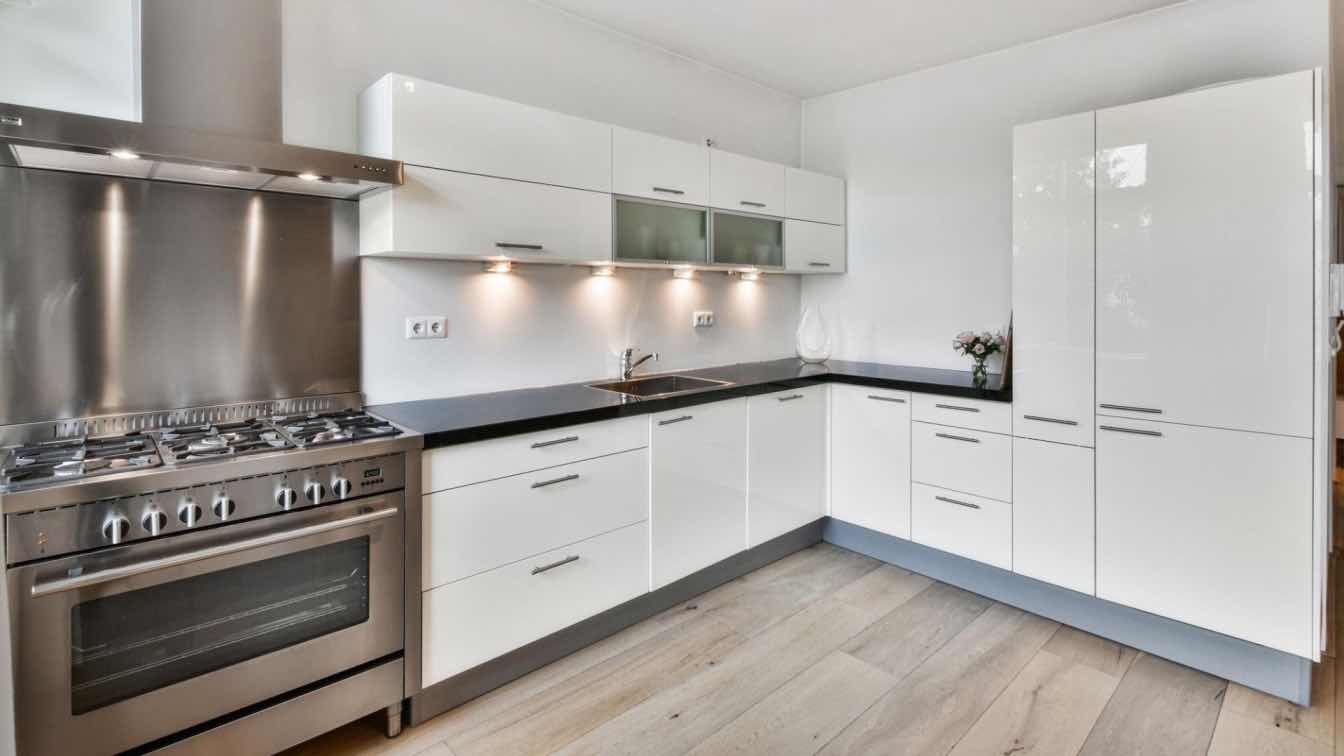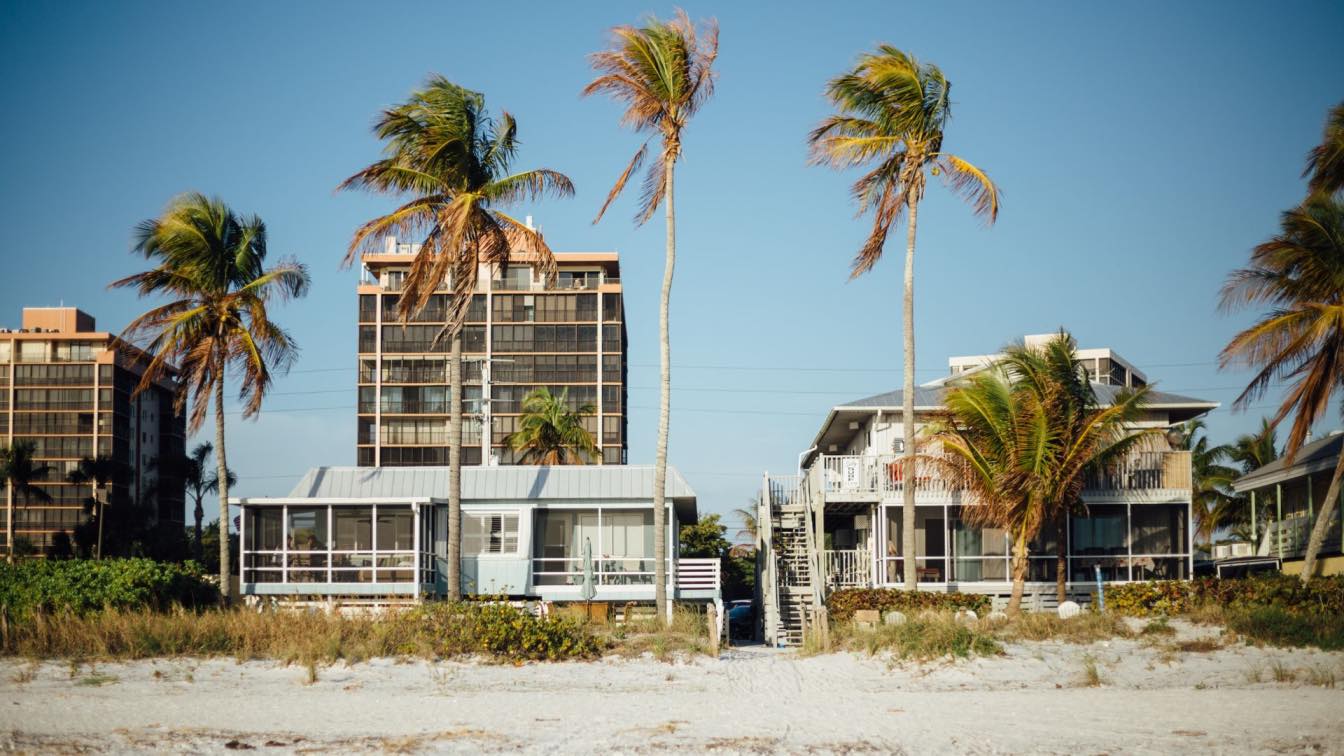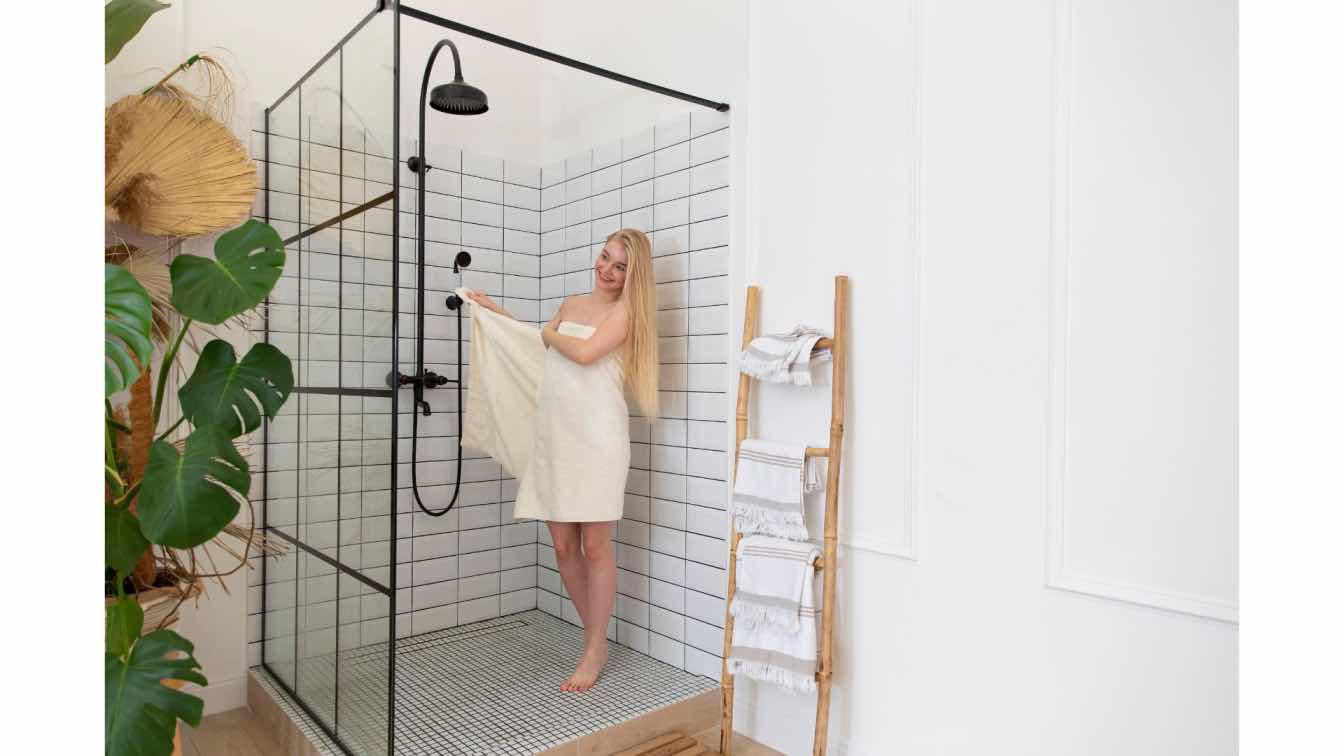Ferrocement is a type of building material that consists of a cement matrix reinforced with metal mesh or metal rods. It is often used for construction projects where conventional building materials like concrete or brick are not strong enough.
Ferrocement has a number of advantages over traditional building materials, but there are also some potential drawbacks. In this post, we’ll run through its pros and cons, and explore whether it’s a sustainable option for use in the construction industry going forward.
What kind of projects is ferrocement commonly used for?
Ferrocement is frequently used in the construction of buildings, homes, and other projects that require a strong, durable, and weather-resistant material. It is an excellent choice for both exterior and interior walls, as well as floors and ceilings. In addition, ferrocement can be used in the construction of boats and water or fuel tanks. With its many uses, it is no wonder that ferrocement is a popular choice for both home and commercial projects.
Advantages of ferrocement
One of the biggest advantages of ferrocement is its flexibility. Unlike concrete or brick, which are rigid and inflexible, ferrocement can be shaped into almost any form. This makes it ideal for use in curved or complex structures. Additionally, ferrocement is much lighter than traditional building materials, making it easier to transport and install. And because it is non-combustible, it also has a higher fire resistance than lots of other types of construction materials.
Overall, ferrocement offers a number of advantages over traditional building materials, making it an excellent choice for a wide range of applications.
Are there any disadvantages?
There are lots of advantages to using ferrocement in construction projects, which initially suggest it could be a viable option for the industry. However, there are some drawbacks to consider, too. One of the key downsides is ferrocement can be difficult to work with and is labour-intensive, meaning it may not be suitable in regions where labour costs are particularly high.
In addition, it’s not as widely available as other construction materials, so it may be more expensive to use in some countries. Overall, ferrocement has many advantages, but it is important to weigh up the potential disadvantages before deciding whether or not it is the right material for your next project.
To sum up
Lots has been made about the harmful effects the construction industry is having on the environment. In fact, it’s been reported that 75% of the world’s natural resources have been used in construction in the past. As such, it’s pivotal that the industry takes a more modern approach to sustainability, which includes sourcing and using more eco-friendly materials in projects.
Ferrocement is generally considered to be a “green material”, and thus it stands up as a viable alternative to traditional building materials. Whilst there are still some downsides that have to be addressed, it’s likely we’ll see this material play a more prominent role in construction projects across the globe for many years to come.





